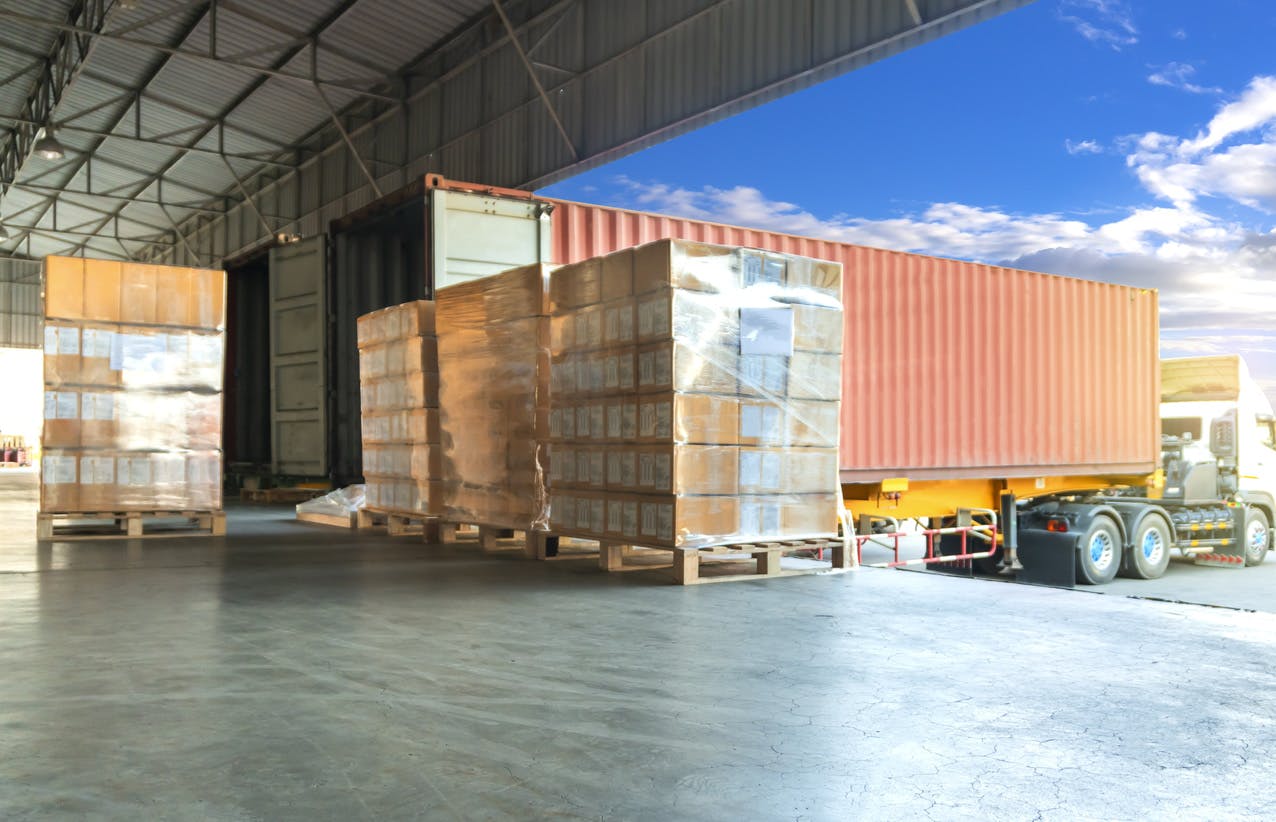June 15, 2020
To meet customer demands, your products should be delivered efficiently, at a low cost and without damage. That can be tough when sending a full truck load to the warehouse. In a traditional warehousing system, products are unloaded, unpacked, stored on a shelf. Later they’re repacked and shipped. Unless you use a cross docking service.
Cross docking is a hybrid service where the truckload arrives at a staging area, often at a warehouse. The items are then moved onto the appropriate trucks where they begin their next journey without storage time on a warehousing shelf. The products move from receiving to shipping, bypassing storage.
Types of cross docking
While the concept remains the same, cross docking methods vary.
Retail cross docking: Products arrive from multiple vendors, and the goods are sorted for multiple trucks based on the store destination.
Opportunistic cross docking: Products already ordered by customers are transferred from the receiving dock to the outbound docks.
Distributor or consolidation cross docking: Products inbound from different vendors are moved to a pallet to be consolidated as one LTL shipment to a specific customer.
Deconsolidation cross docking: Larger shipments are broken down into smaller ones for shipping.
Hub and spoke cross docking: Like with air flights, products are sent to a central location and then sorted for delivery to their next destinations.
Cross docking as a supply chain strategy
Cross docking can be a competitive advantage and winning supply chain strategy for the right products and in the right situations. While there are cross docking fees, companies eliminate the warehousing storage costs, as well as lowering labor costs and picking and packing costs. Cross docking is used alongside some just in time strategies to lower inventory costs. Benefits of cross docking include streamlining the supply chain, reducing the intermediary “holding” step and potentially using fewer transportation companies. With less material handling, there’s a lower potential for damage. And products may reach the customer more quickly. Cross docking also reduces risk of operator error while moving the goods in and out of the warehouse storage space.
Items that fit well in the cross docking strategy include:
Perishable items requiring quick shipment
Items that don’t require quality inspections when received
Staples with a consistent demand and little variance
Goods with bar codes or RFID tags, which are ready for sale and don’t need repackaging
Customer orders already packed for customers at another location
Finding cross docking locations
Not all warehouses offer cross docking services. A warehouse space needs the proper staging capacity and enough available docks to make the operations efficient. They need dedicated labor to unload, sort and repack for the new trucks and destinations. That means the shipper and the warehouse should have access to a computerized inventory management and logistics system to help with the details and visibility. The logistics vendor should also have access to a reliable transportations fleet.
There are advantages of cross docking as a supply chain strategy to decrease storage costs and needs, while improving handling, delivery times and costs to bring goods to their next destination. If you’re looking for cross docking services, Stord can set up a location for you in 48 hours. Chat with us now: https://chat.stord.com/location-finder




